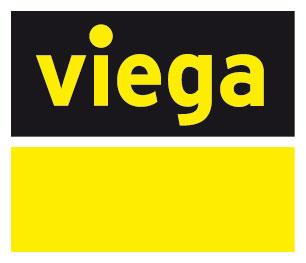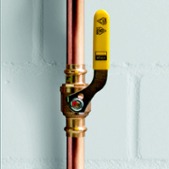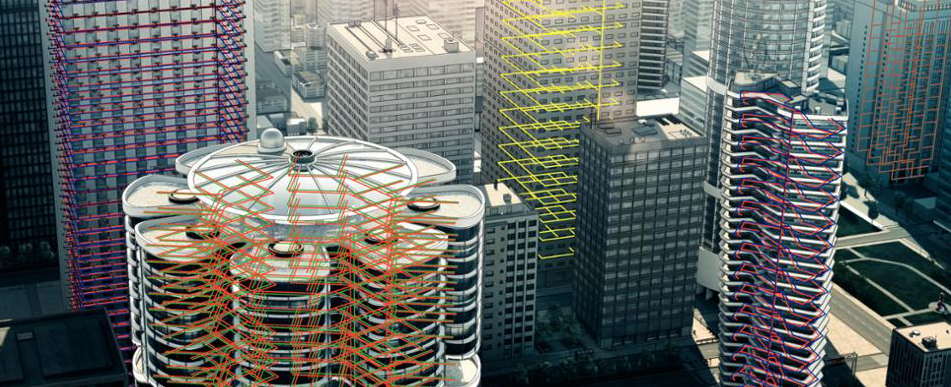When choosing between electric vs. hydronic radiant floor heating systems it's important to consider many factors. Heated floors, often called radiant floors or a radiant heat system, offer benefits beyond foot comfort. Radiant heat systems are recognized as efficient, cost-saving alternatives to forced-air systems. Yet under this umbrella, there are different types of systems—electric and hydronic—that builders can leverage for optimal performance. They keep entry and bathroom floors dry and provide space heating in cold rooms. You can even turn down the thermostat for your central heating system and still keep some rooms warmer. While both electric and hydronic radiant floor heating systems are designed for the same purpose, they also differ in many respects. Defining these differences, from the installation of the technology to the overall performance of the system, is a crucial step in choosing the optimal route for commercial and residential projects. In this article, we’ll walk you through these floor systems you can install in your home. Let’s take a closer look at how these two types of radiant floor heating systems stack up against one another.
Choosing a Floor Heating System: Electric vs. Hydronic Radiant Heat
The first element to consider when choosing between electric vs. hydronic radiant floor heating system is the size of the application. While electric systems are suitable for smaller areas, they tend to run up electric bills when installed across large spaces and used as the primary heat source. So when it comes to wider radiant floor heating systems, hydronic systems are the ideal option.
Then there’s the heat activity to consider. Whereas electric systems can heat rooms faster, hydronic systems are able to stretch out the effects for longer periods once the space is heated. Not only does this degree of operational efficiency contribute to lower energy bills, it also increases the lifespan of the system as mechanical stresses to the boiler are minimized.
When it comes to installation, hydronic radiant floor heating systems are typically viewed as more labor-intensive and costly than their electric counterparts. This can be attributed back to the combination of boilers, pumps, fuel lines and panels beneath the floorboards versus the use of electrical cables to fuel the system’s operation. Yet, with the advent of Viega ProRadiant technology, the installation complexities surrounding hydronic radiant floor heating systems are becoming a concern of the past.
Hydronic radiant floor heating systems are the easiest and least expensive to install . A hydronic system requires components that several rooms share. So the more area you heat, the lower the cost per square foot. If you want to heat 200 sq. ft. or more of floor, a hydronic system may cost less to install than electric heat.
Streamline the Installation of Hydronic Radiant Floor Heating Systems
Installing radiant tubing through traditional methods could easily turn into a 10-12 day project for a four-man crew. With Viega ProRadiant, the time to completion significantly decreases. Contractors have the means to install up to 20,000 square feet of tubing in an average workday, which gives them more opportunities to extend the reach of their business.
The economical nature of the installation process is complemented by an emphasis on customization. The ability to choose from several different product configurations and tailor systems to fit nearly any floor plan helps avoid installation roadblocks and enable consistent and reliable system performance.
You can find more details about the benefits of our technology in the video below:
Looking for additional examples of Viega ProRadiant in action? Browse our project profiles.









